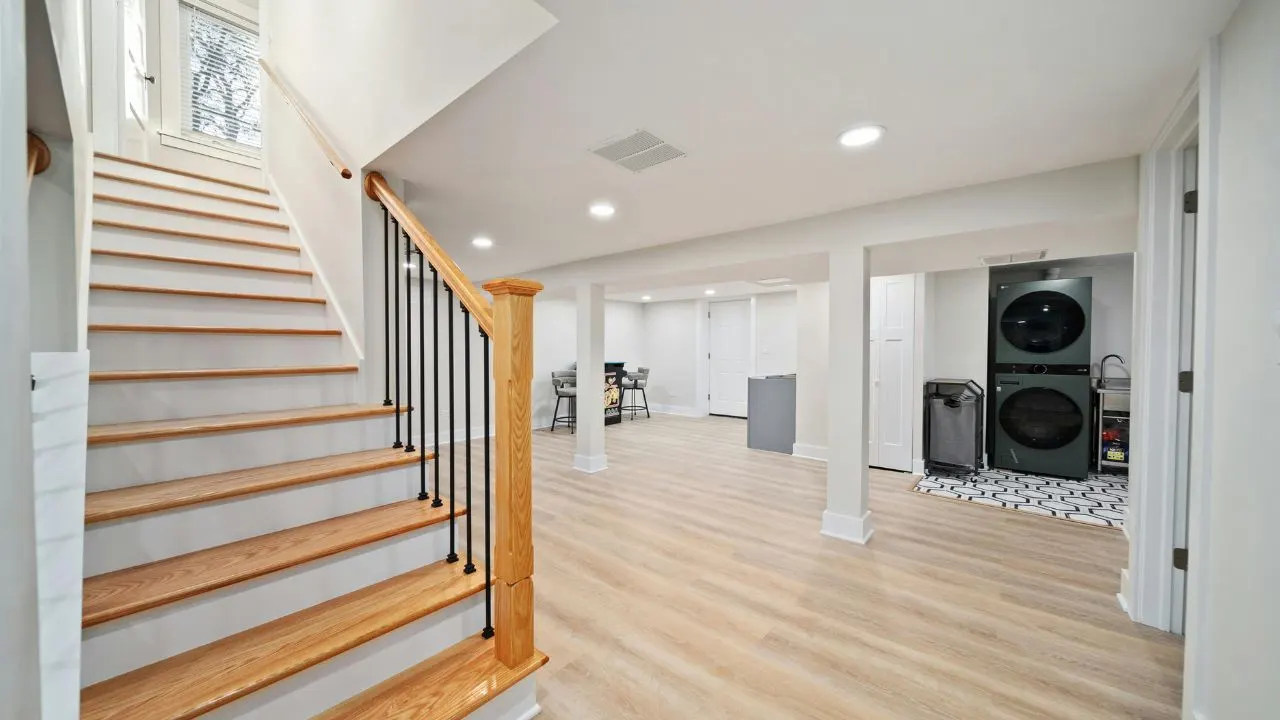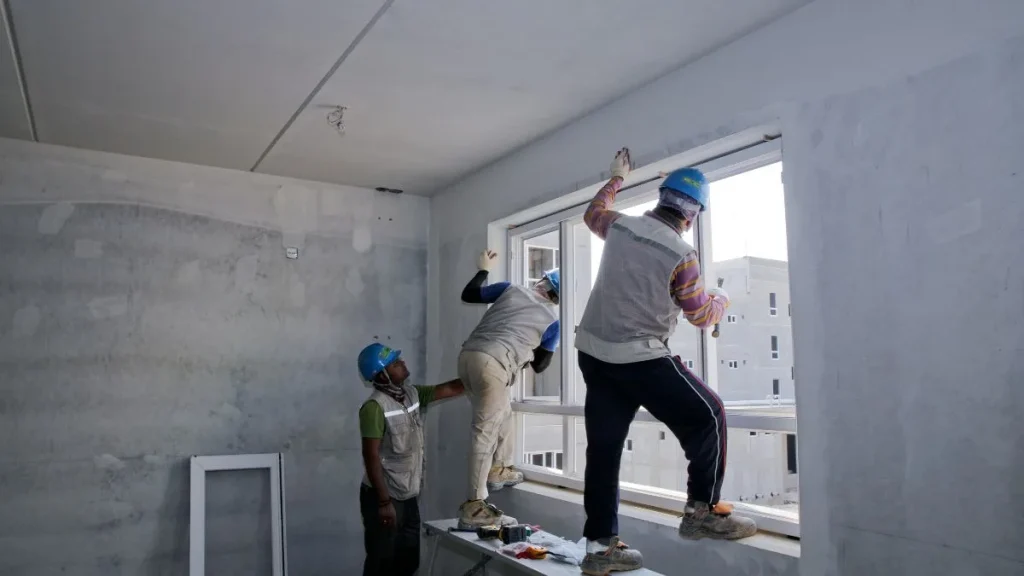- Home
- SpeakingCELPIP Speaking Giving Advice | Personal Experience | Describe Scene | Make Prediction | Comparing | Difficult | Unusual Situation| opinion
- ReadingCELPIP Reading Practice Online Reading for Information, Reading Correspondence, Reading to apply a Diagram, Reading for Viewpoints.
- WritingCELPIP Writing to improve your writing skills. CELPIP Writing Task 1 Email or Letter Writing and Writing Task 2 Responding to Survey Questions.
- Task 2CELPIP Writing Task 2 Samples and Model Answers of Responding to Survey Questions, this part is a response to a survey which is of 26 minutes.
- Task 1CELPIP Writing Task 1 Samples and Model Answers of Email and Report Writing. Write an Email to a friend, manager, neighbour, company etc.
- CELPIP FAQsGet answers to your CELPIP test questions with our comprehensive CELPIP FAQs category. Learn about test format, scoring, and more to help you prepare
- CELPIP TipsTips to improve your CELPIP Score. Tips for all the four modules (Listening, Reading, Speaking and Writing) for CELPIP exam.
- CELPIP CentersFind CELPIP test centers near you with our directory. Explore various CELPIP centers in your area and select the one that best fits your needs.
- PDF BooksDownload CELPIP PDF books for Reading, Writing, Speaking and Listening sections of the CELPIP test for FREE.
- ListeningPractice Tests for CELPIP Listening to Problem Solving | Daily Life Conversation | Information | A News Item | A discussion | Viewpoints
- Home
- SpeakingCELPIP Speaking Giving Advice | Personal Experience | Describe Scene | Make Prediction | Comparing | Difficult | Unusual Situation| opinion
- ReadingCELPIP Reading Practice Online Reading for Information, Reading Correspondence, Reading to apply a Diagram, Reading for Viewpoints.
- WritingCELPIP Writing to improve your writing skills. CELPIP Writing Task 1 Email or Letter Writing and Writing Task 2 Responding to Survey Questions.
- Task 2CELPIP Writing Task 2 Samples and Model Answers of Responding to Survey Questions, this part is a response to a survey which is of 26 minutes.
- Task 1CELPIP Writing Task 1 Samples and Model Answers of Email and Report Writing. Write an Email to a friend, manager, neighbour, company etc.
- CELPIP FAQsGet answers to your CELPIP test questions with our comprehensive CELPIP FAQs category. Learn about test format, scoring, and more to help you prepare
- CELPIP TipsTips to improve your CELPIP Score. Tips for all the four modules (Listening, Reading, Speaking and Writing) for CELPIP exam.
- CELPIP CentersFind CELPIP test centers near you with our directory. Explore various CELPIP centers in your area and select the one that best fits your needs.
- PDF BooksDownload CELPIP PDF books for Reading, Writing, Speaking and Listening sections of the CELPIP test for FREE.
- ListeningPractice Tests for CELPIP Listening to Problem Solving | Daily Life Conversation | Information | A News Item | A discussion | Viewpoints

- Home
- Newcomer Tips
- Top Trends in Basement Finishing for Modern Living Spaces
The basement has officially shed its old identity. No longer just a place for boxes, old furniture, or laundry machines, today’s basements are stepping into the spotlight as some of the most versatile and stylish spaces in the home. In 2025, basement finishing has become a key investment in both comfort and property value.
With square footage at a premium and the way people live constantly evolving, it’s no surprise that homeowners are giving their basements a major glow-up. Whether you’re looking to maximize space or simply want to add a touch of luxury, the latest trends in basement design combine function, flexibility, and flair.
Why Basement Finishing Is Gaining Momentum
According to the National Association of Home Builders, over 30% of remodeling projects in 2023 involved basement conversions, a significant jump from previous years. This trend reflects shifting homeowner priorities: more time at home, a focus on well-being, and a desire for personalized spaces.
As Winston Churchill once said, “We shape our buildings; thereafter they shape us.” A well-finished basement does exactly that—it transforms a house into a home that reflects the rhythm of modern life.
What Homeowners Want in 2025
Open-concept layouts
Homeowners are moving away from small, compartmentalized rooms in favor of large, flowing spaces that can adapt to multiple uses. A finished basement might combine a home theater, playroom, and gym—all in one thoughtfully zoned area.
Wellness rooms
The pandemic accelerated interest in home fitness and wellness. Basements are being transformed into personal retreats: yoga studios, massage therapy rooms, even infrared saunas. With proper insulation, flooring, and lighting, these quiet zones promote peace of mind.
Multifunctional guest suites
The line between home and hospitality is blurring. One of the most popular basement finishing trends is the creation of self-contained guest spaces. These often include a bedroom, small sitting area, bathroom, and a compact kitchenette—ideal for visitors, in-laws, or even short-term rentals.
Warm modern design
Forget cold concrete and dim lighting. Today’s basements are warm, cozy, and full of character. Popular finishes include matte black fixtures, engineered hardwood floors, built-in shelving, and organic textures like rattan, linen, and reclaimed wood. Soft neutrals paired with dramatic accent colors (think navy or forest green) create depth and visual interest.
Hidden storage and built-ins
In small or multifunctional spaces, every inch counts. Custom cabinetry, under-stair storage, and built-in benches help keep clutter out of sight without sacrificing aesthetics.
Must-Have Features in a Finished Basement
When planning your project, it’s not just about looking good—it’s about making the space liveable, legal, and long-lasting. Here are the essentials every finished basement should include:
- Moisture protection: Waterproofing is non-negotiable. That means sump pumps, vapor barriers, and mold-resistant drywall.
- Proper insulation: It keeps the temperature comfortable and helps with soundproofing.
- Lighting: Use a mix of recessed lights, sconces, and lamps to create warmth.
- Egress windows: Required by code for safety in sleeping areas.
- Separate HVAC zoning: Keeps the temperature regulated across all levels of the home.
There are plenty of great examples of well-designed basements, showcasing how moisture control, lighting, and layout come together to create livable environments. You can explore some of them at the link.
How to Plan a Trend-Forward Basement Renovation
The key to staying on trend is actually timeless—start with your needs. Here’s a simple planning process to guide you:
- Identify your goals
Are you looking for extra space for kids? A quiet office? A secondary suite? The design should follow your lifestyle. - Set a budget
Don’t just plan for materials and labor—set aside a buffer for unexpected costs (10–15% is standard). - Get permits early
Many cities require permits for basement work, especially if plumbing or electrical is involved. - Work with professionals
An experienced designer or contractor can help you avoid costly mistakes and keep the project on track. - Think long-term
Choose materials and layouts that will serve you now and still make sense if your lifestyle changes in a few years.
Homeowners who take this approach consistently see a return on investment between 65–75%, especially in high-demand real estate markets.
Design That Works Harder
One of the best things about finishing a basement is how customizable it can be. You can play with bolder styles than you might dare upstairs, experiment with textures, and create distinct zones that serve very different purposes.
Want to host movie nights? Add a mini home theater with tiered seating and blackout curtains. Need more privacy for Zoom calls? A soundproofed office nook with custom shelving might be your answer. Hosting guests? A walk-in shower, beverage fridge, and a pull-out couch can instantly upgrade your hospitality game.
As Steve Jobs famously said, “Innovation distinguishes between a leader and a follower.” In your basement, design innovation pays off in comfort, usability, and resale value.
What the Future Holds
The future of basement design lies in personalization. Instead of simply following trends, homeowners are adapting ideas to fit their unique needs. We’re seeing increased interest in accessibility (think wider doorways and no-step showers), sustainability (low-VOC paints, recycled materials), and integrated technology like smart lighting and climate control.
These aren’t just “nice to have” features—they’re quickly becoming standard expectations for buyers and real estate professionals alike.
Final Thoughts
Basement finishing has moved far beyond carpet and drywall. Today, it’s an opportunity to reimagine space, enhance quality of life, and increase your home’s value—all at once. By staying informed about trends and approaching the process strategically, homeowners can turn the lowest level of their home into the highest value.
If you’re planning to renovate your basement as part of settling into your Canadian home, it’s also a great time to focus on improving your English skills for work or permanent residency. Explore our CELPIP preparation resources to strengthen your confidence for Canadian life.











